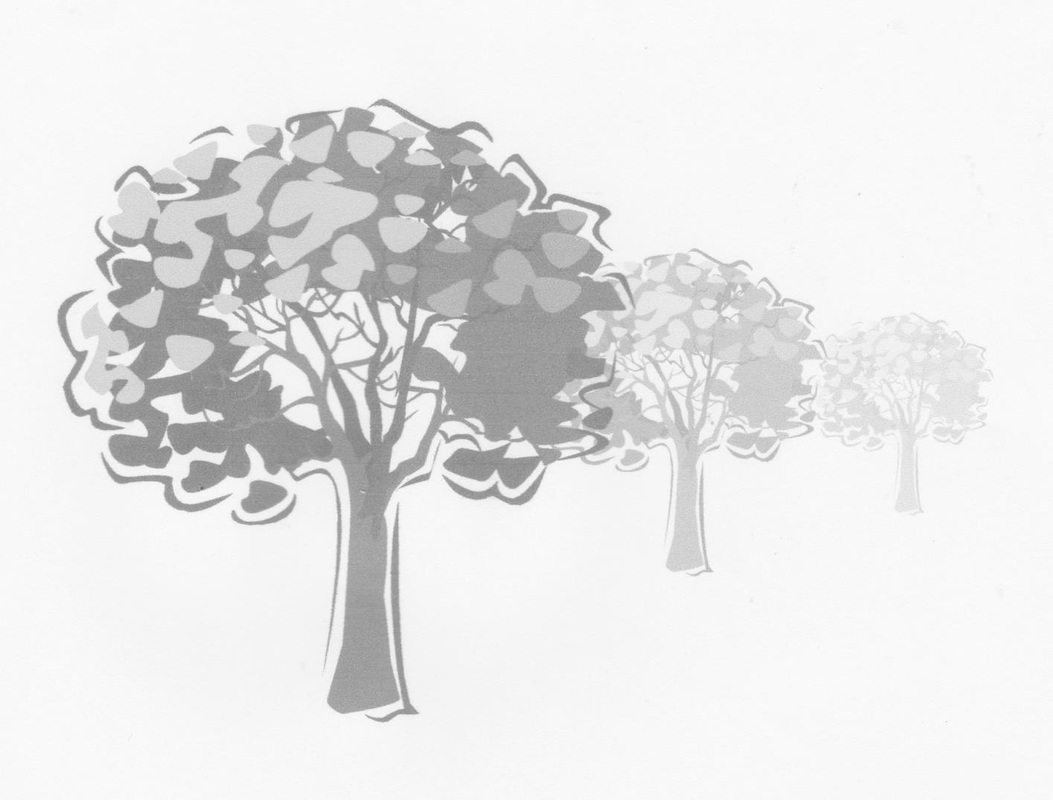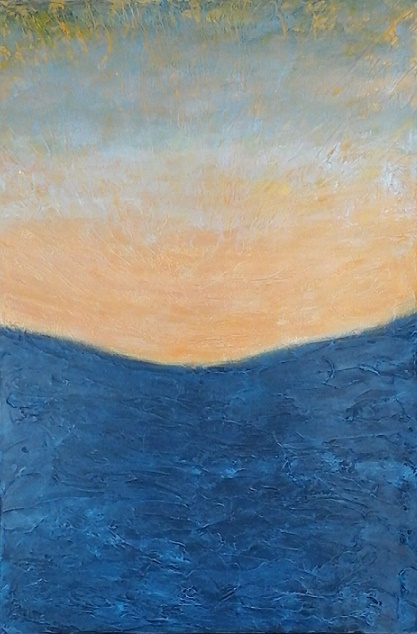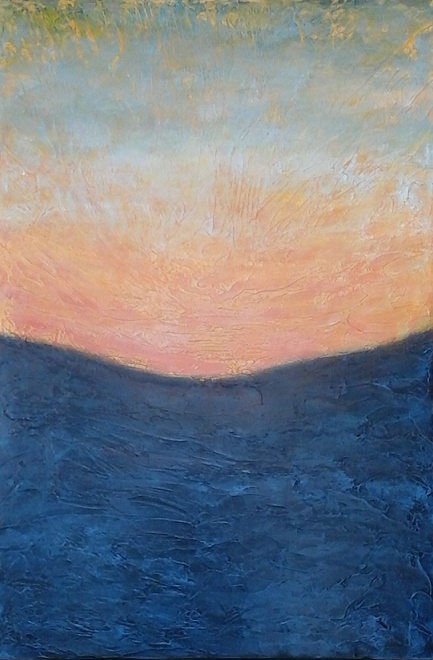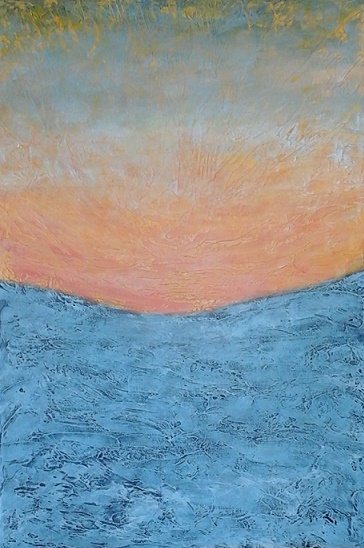Well, it seems like Summer has just arrived and here I am thinking all about Fall and setting up classes. Having lost some of my regular teaching venues because of changes in the way that they operate or closure of locations, I'm exploring new venues and business models. I will be offering more small classes at my studio, for three to five students. These offer a more personal learning experience and because class sizes are small, they are quick and easy to set up... so, if you want to get a few of your friends together for a certain subject or media, give me a call and we can set it up. If there are only one or two of you I can still try to set it up by letting other potentially interested students know so they can also register.
I'm also setting up more specialty workshops and workshops with visiting instructors. Currently I'm working on setting up two guest instructor workshops... one this fall and another next March. If you have any ideas or suggestions about classes, workshops or specific instructors that you would be interested in attending I would love to hear from you. Please send me a comment from my website or email me directly at mailto:[email protected]. If there is enough interest I would be happy to set things up.
Earlier this week a video splashed into my inbox and I find it so fascinating that I just have to keep watching it. It's about digital art software which is quite amazing, but it has really inspired me to see what I can create using inks in the same way that they use digital watercolour... using wet-in-wet and dripping techniques to enhance the original image. Take a look at it and see if it inspires you! Oh, and it absolutely the best viewed at full-screen! https://www.youtube.com/watch?v=HHEXBiH0TRU&et_mid=773717&rid=236234077
This Weeks Painting Tip:
Aerial (Atmospheric) Perspective
Aerial Perspective is a phrase coined by Leonardo da Vinci to describe a phenomenon caused in nature by the water vapour and dust in the atmosphere.
He observed that the further things are away the more atmosphere there is between the eye and the objects, causing them to be more hazy and indistinct the farther away they are.
da Vinci concluded that:
Distance alters colour
• Colours become cooler and take on a bluish gray cast in the background
• Foreground colours appear bright and warm and are at their
fullest intensity
Detail and contrast diminish in the background
• Darker forms become lighter
• Lighter forms become darker
• Contrasts between values become less towards the horizon
To apply Aerial Perspective think in terms of foreground, middle ground and background and paint what you see, not what you know. Aerial Perspective will allow for a greater perception of depth and distance in your paintings.
Aerial Perspective Exercise:
Paint a series of objects at an increasing distance from the eye, changing your tones and colours according to the observations of aerial perspective.
The three photos below are about the application of colour over the base colour coat, which you will remember, was Payne's Grey and metallic gold gesso. Then I added the gel texture medium. Once that was dry I applied a rough coat of Cerulean Blue Deep, a delectable deep green-blue colour, over the lower Payne's Grey portion and lightly over the gold gesso at the top of the painting. Then I applied a regular Cerulean Blue over that layer at the bottom as well as at the top, bringing the blue down and eventually adding more white to create the gradation of the sky... yes it is a landscape! Not only that, it's a landscape at that moment just before dusk when the sky has a magical glow. By layering my colour and using the texture to my advantage, I was able to create the magic of that sky and added red as my last layer to the horizon drawing it up into the sky by catching it on the ridges of the texture.
The lower portion of the painting then got a rough coat of Cerulean Blue mixed with Titanium White, still letting portions of the Payne's Grey and Cerulean Blues show through. With a few more layers this will become snow. Aha, it's a winter landscape at that moment just before dusk!
Layers are the key to the way I work. Letting paint dry before applying another colour keeps the colours fresh and those blues and warm peachy colours that we see at sunset don't mingle to become mud! The texture also allows me to expose areas of all previous colours applied, which I like, and I find that each new layer requires less paint because of that. That said, I constantly seem to be waiting for paint to dry! Who said acrylics dry too fast? I beg to disagree!
Have a great week, be creative, and let me know what class and workshop subjects or instructors you would be interested in attending.
Thanks and best wishes,
Susan





 RSS Feed
RSS Feed